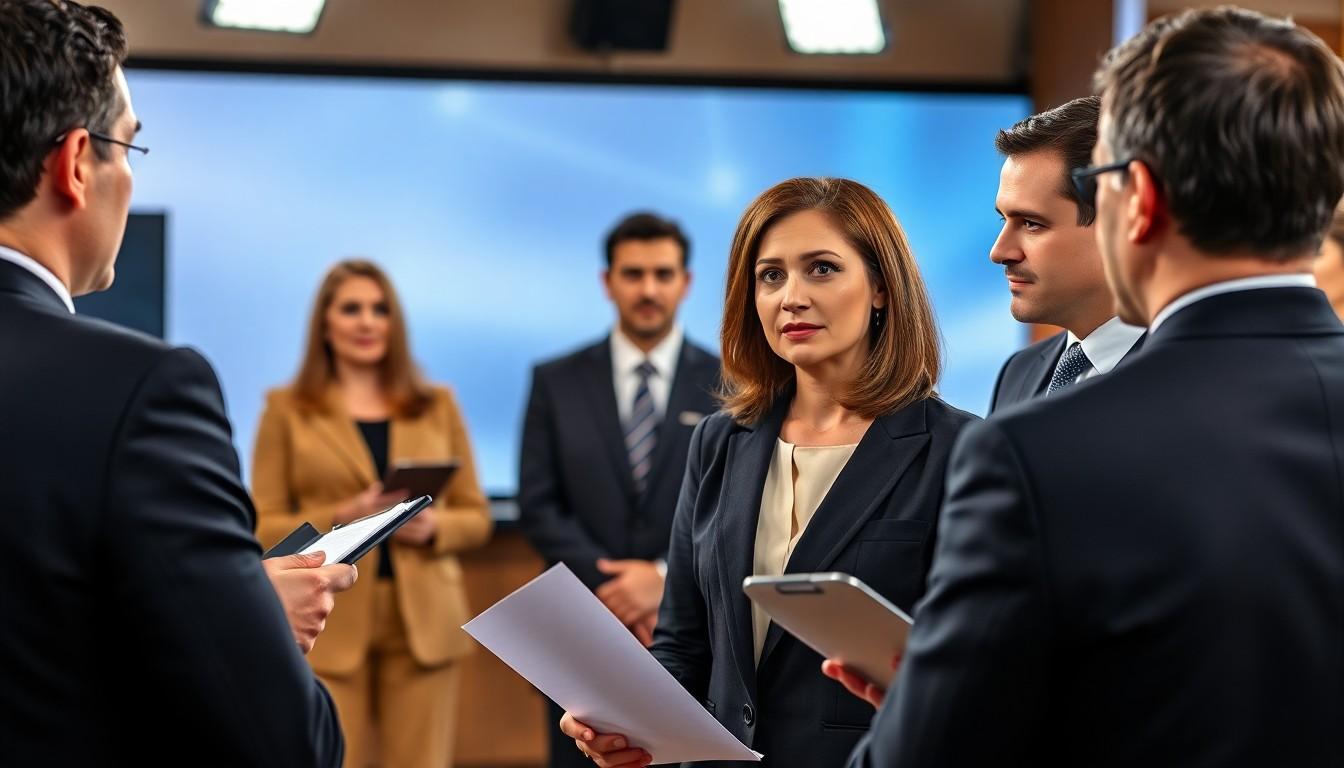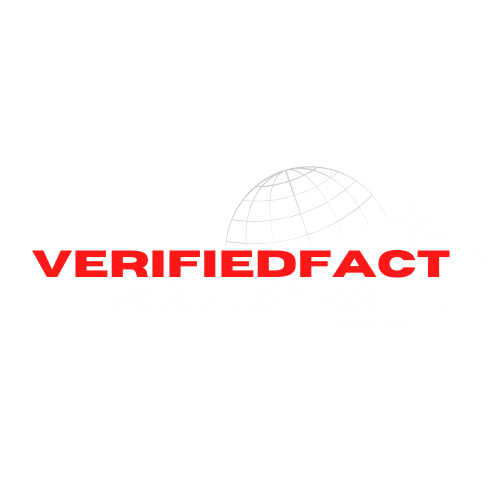In a world where everyone’s a potential broadcaster, mastering the art of communication has never been more crucial. Whether it’s a corporate presentation or a live interview, the spotlight can feel blinding. That’s where broadcast media training swoops in like a superhero, ready to transform nervous novices into confident communicators.
Broadcast Media Training
Broadcast media training focuses on equipping individuals with essential skills for effective communication in various media formats. Participants learn techniques to articulate ideas clearly while navigating the demands of live television, radio, and online platforms.
Courses typically cover key areas like speech construction, body language, and interview strategies. Practical exercises play a crucial role, allowing individuals to practice in simulated environments. Such hands-on experiences build confidence and reduce anxiety associated with public speaking.
Moreover, feedback from trained professionals helps refine performance. Participants gain insight into common pitfalls and effective strategies. By understanding audience engagement techniques, individuals can tailor their communication style to reach diverse demographics.
Additionally, mastering media technology enhances overall effectiveness. Familiarity with equipment, such as cameras and microphones, leads to smoother presentations. Knowledge of editing software can prepare individuals for post-production tasks in digital media.
Content creation also receives attention. Training programs often emphasize storytelling, ensuring messages resonate with audiences. Insights into brand messaging and image management contribute to a polished public persona.
Broadcast media training provides comprehensive support for those looking to improve their communication skills. Classes, workshops, and individualized coaching create a robust foundation for effective media interaction. By prioritizing practical experience and feedback, this training prepares participants to excel in the dynamic world of broadcast media.
Importance of Broadcast Media Training

Broadcast media training plays a critical role in enhancing communication skills for various media formats. It equips individuals to tackle the demands of interviews and presentations effectively.
Skill Development
Skill development remains a core focus of broadcast media training. Participants learn to articulate ideas clearly and construct impactful messages. Effective speech construction involves knowing when to pause and how to emphasize key points. Body language techniques enhance visual communication, making messages more engaging. Interview strategies help individuals answer questions confidently and effectively address audience concerns. They receive hands-on practice through simulations, refining their skills under real-world conditions. Additionally, understanding media technology and content creation fosters adaptability in diverse situations. Skills acquired during training contribute to a more polished and professional communication style.
Confidence Building
Confidence building is another significant benefit of broadcast media training. Participants often face nervousness during live events or interviews. Training sessions create a supportive environment, allowing them to practice without judgment. Constructive feedback from professionals helps them identify areas of improvement while reinforcing strengths. Engaging in mock interviews and presentations cultivates familiarity with the process. As individuals see progress over time, their self-assurance grows. Mastering techniques for audience engagement further boosts their confidence. Ultimately, increased confidence translates to more effective communication, resulting in memorable presentations and successful interactions in the media landscape.
Key Components of Effective Training
Broadcast media training incorporates essential elements that enhance communication abilities. Participants engage in various skill-building activities aimed at boosting their confidence and effectiveness.
Content Creation
Crafting compelling content stands at the core of any broadcast training program. Participants learn to structure messages for clarity and impact. Techniques for creating engaging narratives capture audience attention. Understanding target demographics ensures that content resonates with specific viewers or listeners. Learners practice using different formats, adapting their content for television, radio, or online platforms. This versatility supports individuals in delivering high-quality media presentations.
Presentation Skills
Effective presentation skills play a critical role in broadcast media training. Participants receive guidance on voice modulation, pacing, and speech clarity. Body language techniques contribute significantly, enabling confident engagement with audiences. Training includes practice sessions that simulate actual event scenarios, helping individuals refine their on-camera presence. Each person learns to manage visual aids and incorporate storytelling elements, which enhances overall delivery. Continuous feedback fosters growth, ensuring participants develop strong, impactful presentations that leave a lasting impression.
Interview Techniques
Mastering interview techniques is vital for success in broadcast media. Participants explore various interview formats and learn how to ask and answer questions effectively. Techniques for active listening facilitate meaningful interactions between interviewers and subjects. Practicing mock interviews allows individuals to navigate challenging questions with confidence. Real-time feedback helps identify strengths and areas for improvement. Mastery of these skills prepares individuals for high-pressure situations, ensuring they communicate clearly and persuasively during actual interviews.
Tips for Successful Broadcast Media Training
Effective broadcast media training emphasizes clear practice and constructive feedback, fundamental for developing communication skills.
Practice and Feedback
Engaging in regular practice is crucial for mastery. Participants achieve confidence through mock interviews and presentations, mimicking real scenarios. Constructive feedback from trainers highlights strengths and areas needing improvement. Receiving targeted advice accelerates the learning process, allowing practitioners to refine their techniques. Consistent rehearsal of content aids memory retention, ensuring messages are delivered seamlessly. Iterative practice sessions foster proficiency, enabling participants to engage audiences effectively.
Understanding Your Audience
Identifying audience demographics shapes message delivery. Tailoring communication to specific groups enhances connection and engagement. Participants learn to analyze audience preferences, adapting tone and style accordingly. Recognizing cultural nuances and expectations promotes relatability and relevance. During training, practitioners receive insights on various platforms, adjusting content to fit different media environments. Active audience consideration ensures messages resonate, creating a lasting impact. Engaging audiences requires both understanding their needs and responding to their feedback in real-time.
Builds Competence In Content Creation
Broadcast media training is essential for anyone looking to enhance their communication skills in today’s fast-paced media environment. By focusing on practical techniques and real-world applications, individuals can overcome nervousness and present themselves confidently.
The training not only builds competence in content creation and presentation skills but also fosters a deeper understanding of audience engagement. With the right guidance and practice, participants can develop a versatile communication style that resonates with diverse demographics.
Ultimately, investing in broadcast media training equips individuals with the tools they need to succeed in interviews and public speaking, paving the way for memorable and impactful communication experiences.

